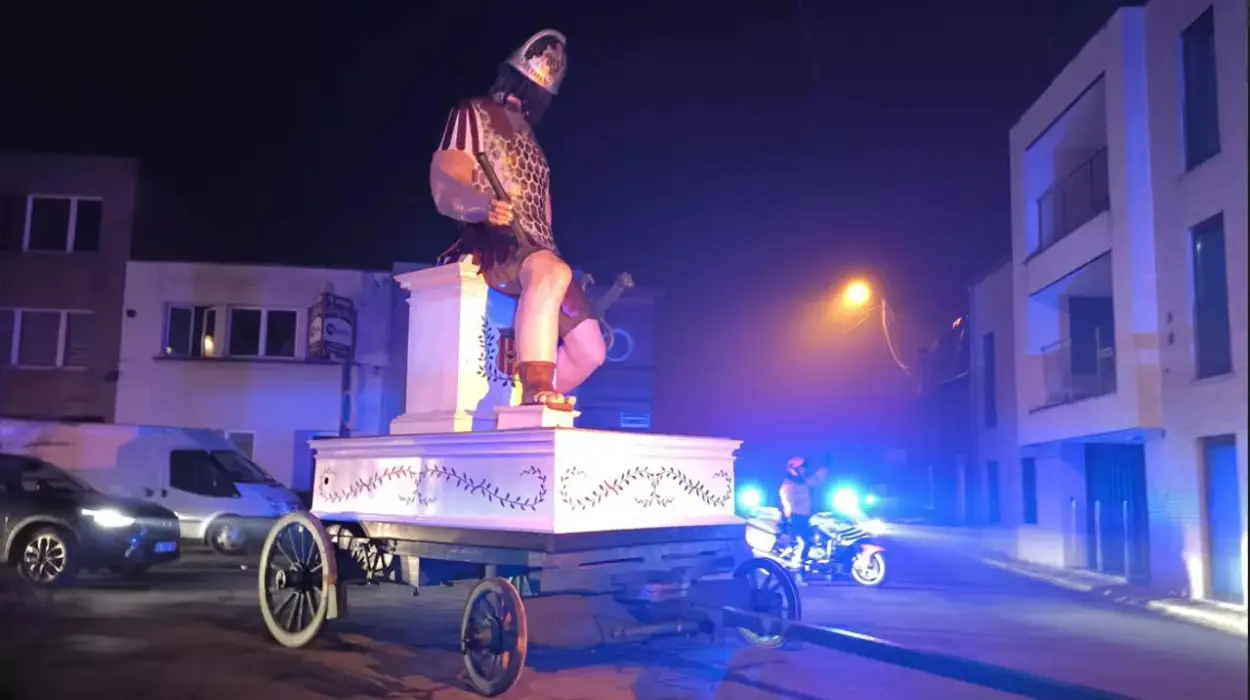Mechelen (The Brussels Morning Newspaper): The city organized an early morning convoy to transport large, fragile items from Grote Nieuwedijkstraat to Depot Rato, carefully planning the route and timing to avoid traffic and ensure safe delivery.
The convoy operation started early in the morning to avoid traffic.. They gathered all the vehicles and equipment at the city warehouses on Grote Nieuwedijkstraat, where city services are usually organized. To avoid heavy traffic, they departed at around 5 a.m.The convoy traveled from Grote Nieuwedijkstraat to Depot Rato on Leuvensesteenweg, an important maintenance center for the city. It included several vehicles, like trucks and support vehicles, to transport the materials or equipment needed at Depot Rato.
What challenges did the Mechelen convoy face during its early morning transport?
The early start allowed the convoy to avoid the morning rush, and they managed the journey carefully to minimize disruption for other drivers. They moved steadily through the streets, navigating traffic lights, roadwork, and narrow areas that could be challenging for larger vehicles. After about two hours of driving, the convoy arrived at Depot Rato just after 7 a.m. The operation was successful due to careful planning and timing, ensuring a smooth movement without significantly impacting morning commuters or city traffic.
The transport involved moving large and fragile items that needed careful handling, so the convoy had to move slowly, like at a walking pace, to keep the pieces safe and avoid sudden bumps that could cause damage. To address these challenges, traffic officers from the Rivierenland Police Zone escorted the convoy, playing a crucial role in managing road safety. They guided the convoy and ensured other drivers were aware of the slow-moving transport, also helping to temporarily stop or reroute traffic as needed to allow the convoy to pass safely through intersections, roundabouts, and other tricky areas.
Because the items being moved were very tall, the convoy had to take a special route that avoided low bridges or overpasses. They went through Bonheiden and Muizen to stay safe. It has been said that the operation was planned carefully, with traffic officers’ help to make sure everything went smoothly and that the fragile pieces wouldn’t get damaged. The Museum Ho van Busleyden shared the tour online for people to watch, and they invited everyone to come out and wave at the big items, playfully calling them “giants in their pajamas.”




